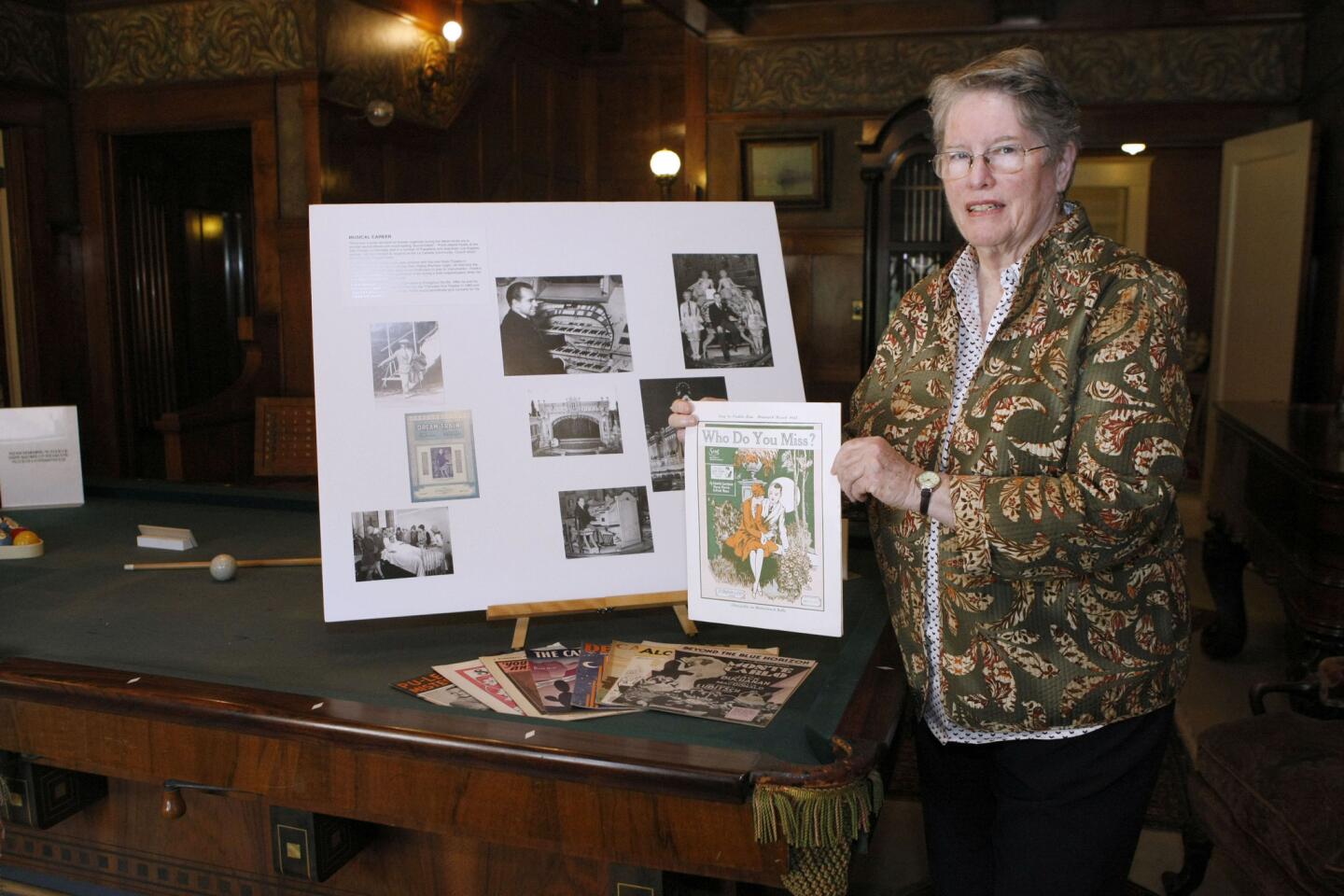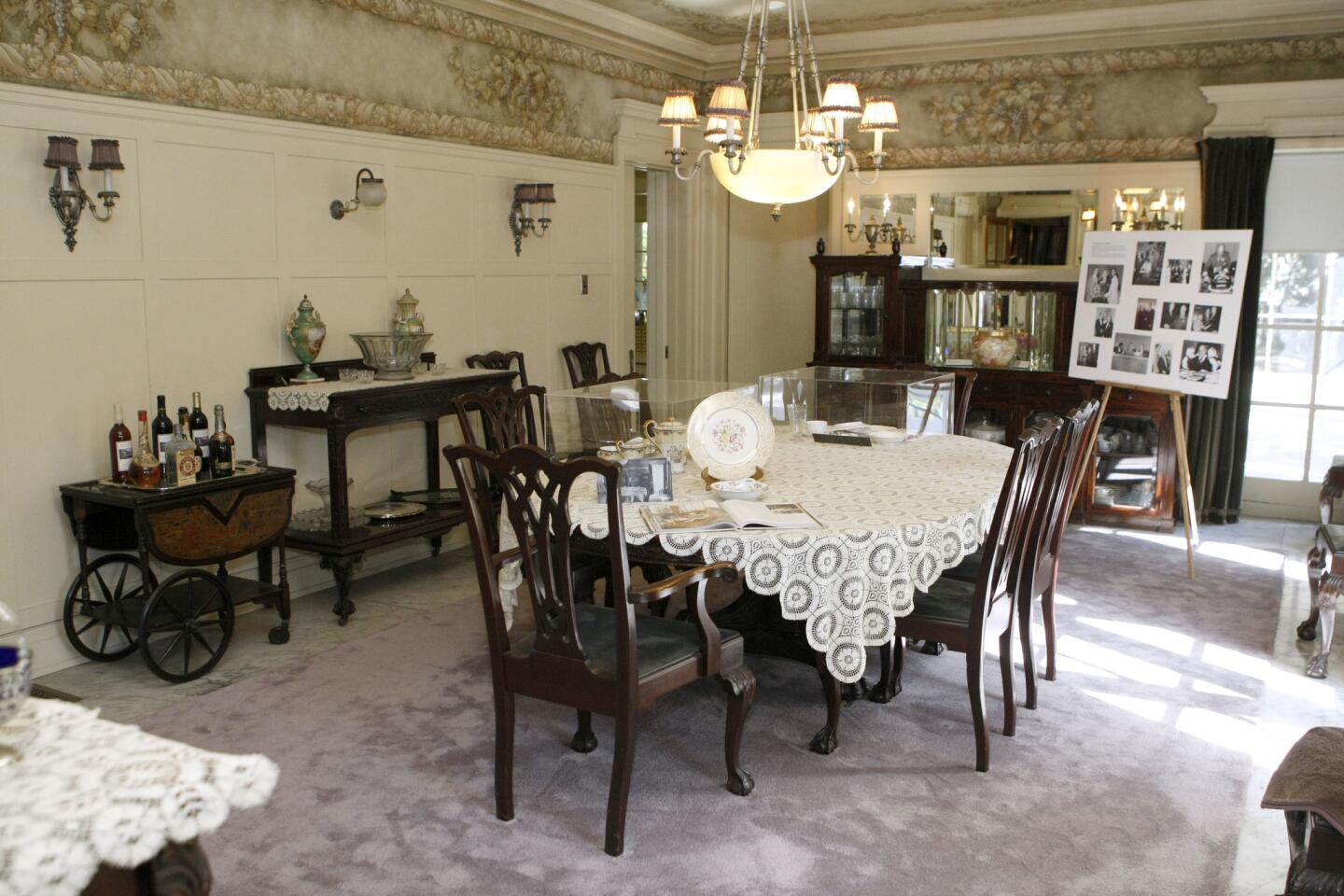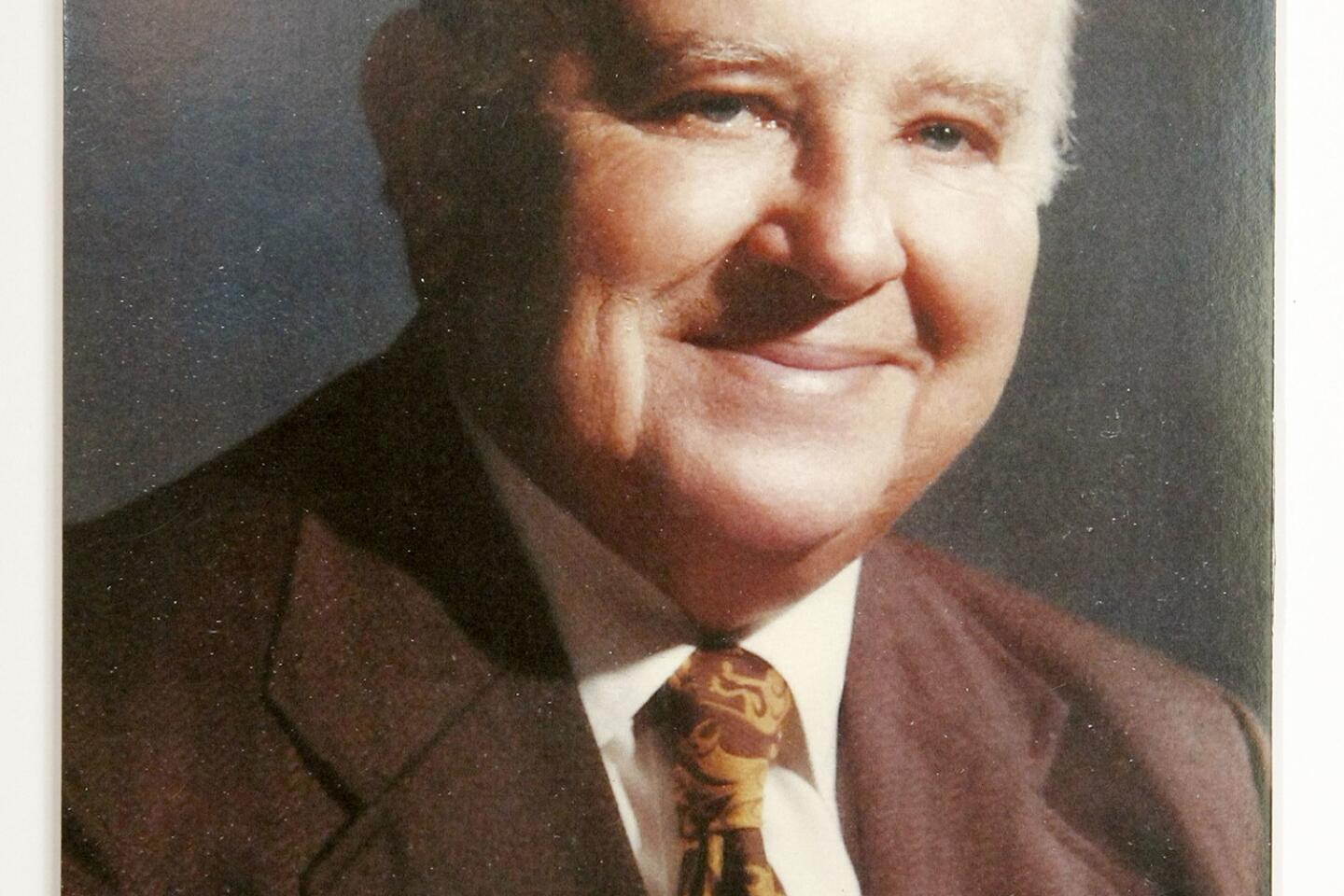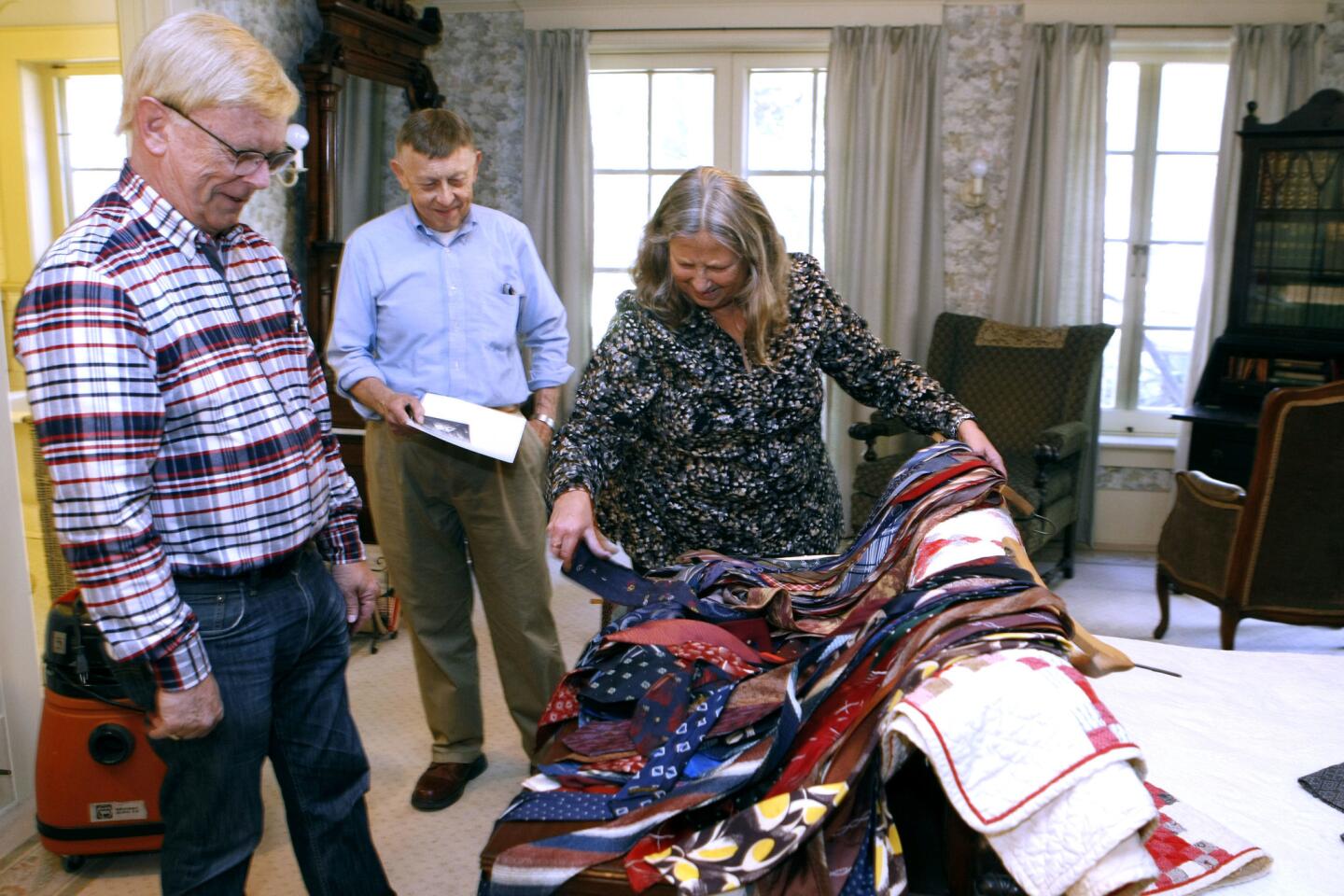Lanterman House exhibit seeks to shed light on ‘Uncle Frank’
Who was Frank Lanterman? A man whose passion for playing the organ inspired him to abandon his studies at USC weeks before graduation? Or a state assemblyman whose work on behalf of people with disabilities is still evident 40 years later?
Or perhaps he was a bit of a recluse — the never-married grandson of La Cañada Flintridge founding father Jacob Lanterman — who rubbed elbows with America’s elite but spent the final years of his post-retirement life in close quarters with brother Lloyd, surrounded by organ mechanisms, tools, machines and countless boxes of personal and political memorabilia.
A new exhibit at Lanterman House museum aims to shed a new light on the man known to friends as “Uncle Frank,” and affectionately labeled by fellow lawmakers “the workhorse of Sacramento,” using never-before-seen photos and audio elements to impart Lanterman’s indelible impact on California life.
Join the conversation on Facebook >>
Opened on Tuesday and running through Dec. 21, “The Legacy of Frank Lanterman” offers insight into the life and times of the Republican lawmaker who not only authored the Lanterman Developmental Disabilities Act passed in 1977, but served as adviser and friend to iconic California leaders during the decades he was in office.
“Politicians of all stripes respected him and thought of him as a mentor — I can’t think of many California politicians who have that kind of reputation,” Lanterman House Executive Director Melissa Patton said Tuesday in a walk-through of the exhibit.
With the help of exhibit designer Jerry Campbell and Lanterman archivist Tim Gregory, Patton sifted through dozens of Lanterman’s old neckties looking for one shown in a display photo of the politician addressing the state Assembly sometime near his 1978 retirement.
That same year, Lanterman would receive an honorary doctorate from USC, nearly a half-century after he walked away from finals during his senior year to accompany the university men’s choir on a national tour.
“We’re trying to bring out different aspects of his life,” Gregory said. “He could be very nice to some people if he liked them. But he could be very fierce, too.”
In addition to a series of events and lectures planned for later in the year, the room-by-room exhibit highlights Lanterman’s early years and notable friendships. It continues through his 28-year tenure in the state Assembly, where he authored some 400 bills.
Upon his retirement, announced to protest funding cuts proposed by then-Gov. Jerry Brown, Lanterman received a standing ovation on the Assembly floor. Other accolades followed, including the 1980 dedication of the Frank D. Lanterman Regional Center for people at risk for developmental disabilities and their families.
Patton said the exhibit is intended not only for people who know little about Lanterman, but for those who think they know him.
“He really was a model politician, someone whose interest in the citizens of the state of California came first, above any political ideology and above his own political career,” Patton said.
“He did have plenty of ego,” she qualified, “but that came second.”
--
“The Legacy of Frank Lanterman” runs through Dec. 21 on Tuesdays and Thursdays from 1 to 4 p.m. Lanterman House is located at 4420 Encinas Drive in La Cañada. For information, visit lantermanfoundation.org or call (818) 790-1421.
--
Sara Cardine, sara.cardine@latimes.com
Twitter: @SaraCardine






